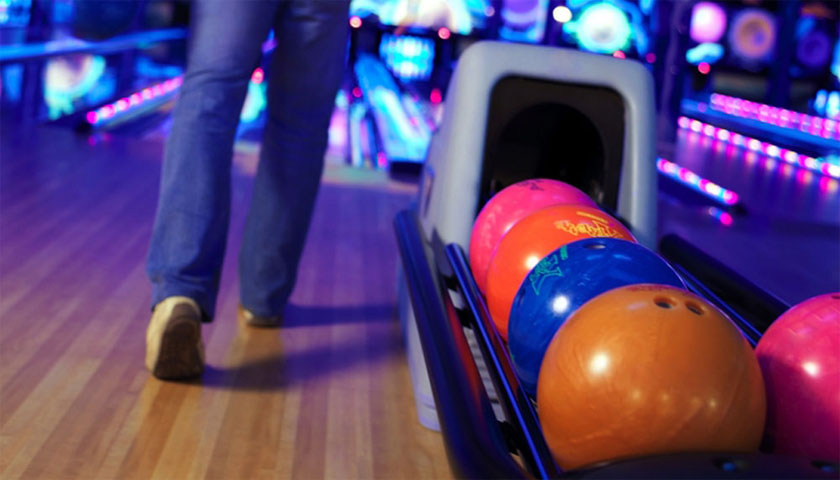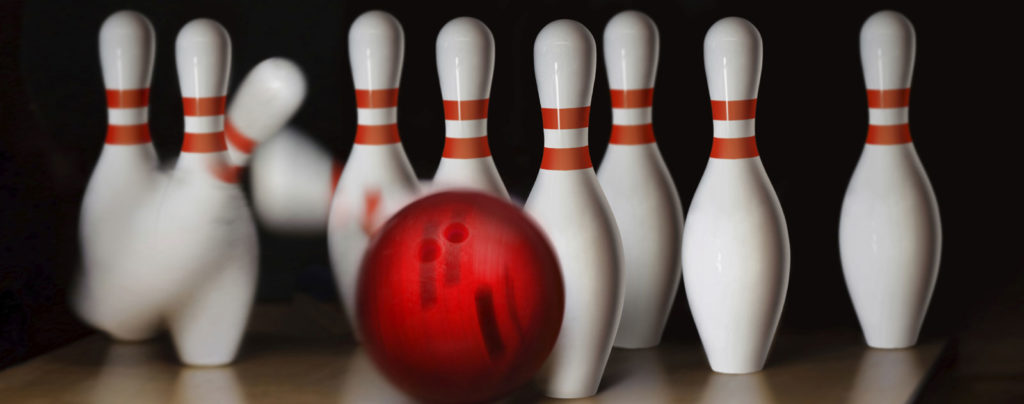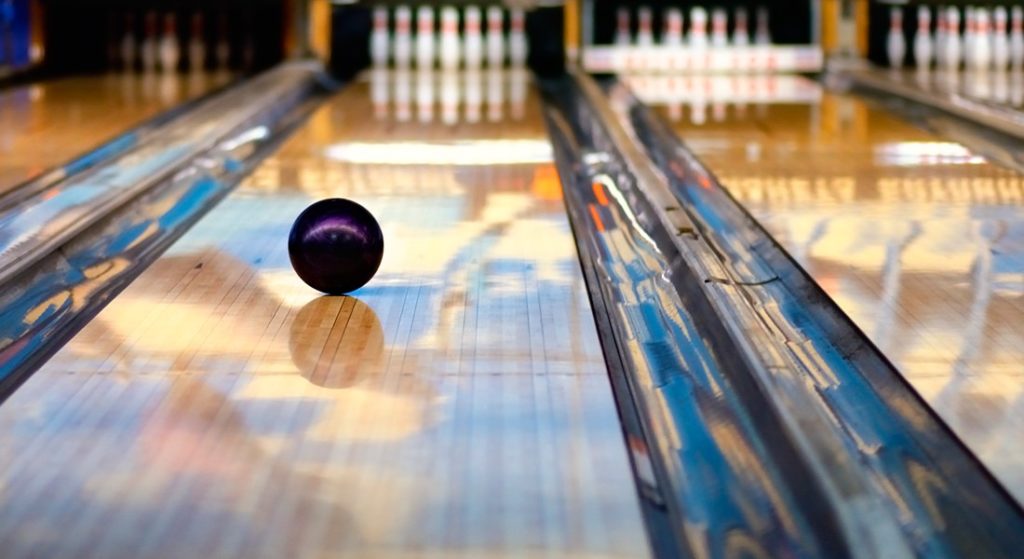Ten Pin Bowling, simply called Bowling in the United States, is one of the most addictive, indoor sports, requiring strategy, patience, and skill in spades. Think knocking some pins down a straight lane with a ball sounds simple? Trust me, it’s not that easy. Ten-Pin Bowling is one of the few sports that demand exquisite hand-eye coordination, patience and occasionally the ability to not scream in frustration, meant for those times when you miss a strike because of that single, irritating pin that somehow, defying all the laws of physics, doesn’t fall down.
Objectives of Ten Pin Bowling
The objective of the standard Ten Pin Bowling match is to knock down 10 wooden pins, arranged in a perfect triangle shape by an automatic machine which scoops up the previously knocked-down pins and delivers a newly arranged triangle of 10 pins, by a large, heavy ball known as a bowling ball.
A single game consists of 10 frames each, with each frame having one to two throws for each person. Every single knocked pin counts as a single point towards victory. A perfect score, that is, the maximum number of attainable points is 300, can be achieved by bowling 12 strikes in a row. A strike is a bowling term, meaning that all the pins have been knocked down by the first ball of a frame (a quite difficult feat, usually requiring months of practice).
How to Play Ten Pin Bowling
In Ten Pin Bowling, A player is given 10 frames to knock down pins in, where frames 1 through 9 are composed of up to 2 rolls. The 10th frame can be of up to three rolls: the bonus roll(s) following a strike or spare in the 10th are used only to calculate the score of the mark which was rolled in the 10th. Neither strike nor spare achieved in the 10th means one can forget about a bonus roll.
A scoring system unique to Bowling keeps track of multiple factors like the pinfalls in a frame, the strikes and spares rolled, the recording of which allows the value of the subsequent pinfall to be known.
The Ball and The Lane
In Ten Pin Bowlings, Lanes, the paths along which the ball is supposed to roll and have the pins at their end, are lined with deep grooves at either side called gutters: designed to collect off-aim and missed balls. Lanes are made narrow to prevent bowling balls rolling straight on through for a strike every time the ball is thrown.
The Bowling area, or Lane, is 60 feet from the foul line to the headpin (18.29 meters). Each Lane is 41.5 inches wide (1.05 meters), usually consisting of 39 wooden boards or some sort of synthetic material.
Bowling Balls have been, at points in the points, been made of various things: Hardwoods like Lignum Vitae, hard rubber and polyester have all been used in the past. However, the currently popular types of balls are Particle Balls, Reactive Resin Balls, and Plastic Balls.
The Bowling Balls have several requirements, set by the proper sports authorities, that have to be met before being sold to, and used in, a bowling alley. Balls not meeting the requirement are rejected and their manufacturers prosecuted. Within a legal range, they come in various sizes, so that the game can be enjoyed by people and children of all ages, and usually has 3 finger-holes drilled into it, one each for the Middle Finger, the Index Finger and the Thumb.
History of Ten-Pin Bowling
In 1934, an Anthropologist named Sir Flinders Petrie discovered various primitive bowling balls at a site in Egypt. The balls were entombed with the body of an Egyptian boy, dating all the way to mind-blowing 3200 BCE. This is the earliest trace of bowling found yet, with the succeeding being claims of it being invented in Germany, 300 CE, where, as a religious ritual, people would roll stones at clubs.
To date, the oldest operating Alley is a location in Southampton, England, with proven records showing the location being played on the field there since 1299. The earliest written reference to the game of Bowling one can find is a proclamation of King Edward III, in 1366.
Later Bowling History: Authorities and Organizations
The first Bowling authority organization was founded in 1875 by 11 delegates and famous players from two of the most famous cities for bowling, New York City and Brooklyn. The name of the organization was the National Bowling Association (NBA)- not to be confused with The National Basketball Association) and their long-term objective was uniting all Bowlers and ‘Keglers’, under the mutual flag of desire for a proper set of playing rules.
While they were able to iron out some rules like the distance of foul line to headpin and size of the bowling balls, they disagreed on virtually everything else. In the end, no use came of it, after the original NBA split up into various splinter groups following their own doctrines. Thus, the only thing the NBA served to do was differentiate bowling communities even further, driving what seemed like the final nail in the coffin of standard Bowling rules.
In 1895, the American Bowling Congress (ABC) was formed in New York City by prominent members of the Bowling society like famous Alley owners, state-wide famous players including other such important people.
The ABC has formed the vast majority of the rules followed in Bowling today, including everything the NBA was not able to decide on. They were soon joined by other organizations with a view to including women in the sport of Bowling, since it was by and large a male-led sport with virtually no inclusion of their female counterparts, like the Women’s National Bowling Association (WNBA) formed in 1916, which later go on to change its name in 1925 and become the behemoth of the Bowling industry it is today, The Women’s International Bowling Congress (WIBC).
Also, Check :












